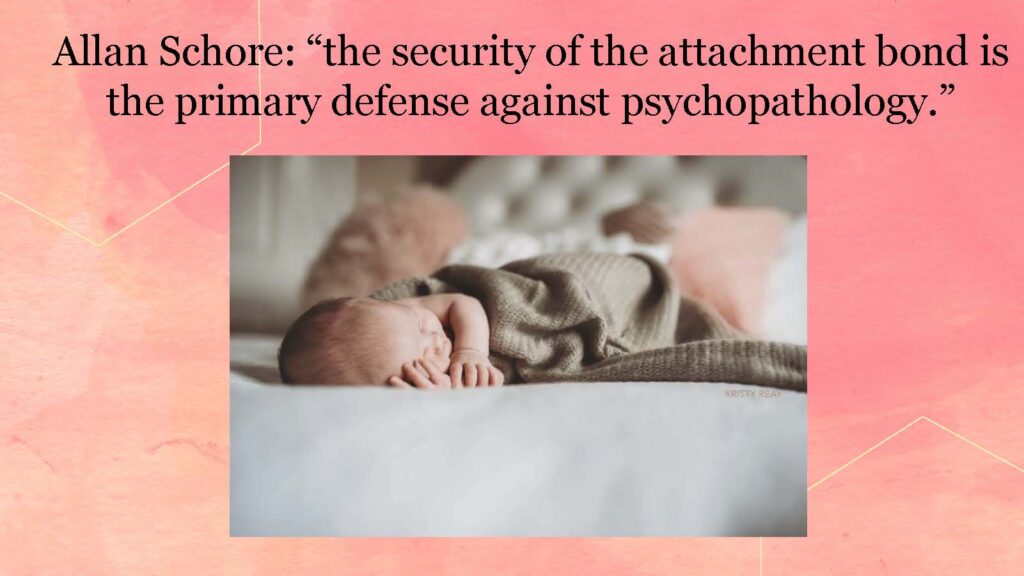
When do people develop resiliency? According to Stacey Gagnon, founder of Lost Sparrows, it is the time that they are in utero up until age 2.
During this time, implicit memories are lodged in the brain, and even these memories can create adverse behaviors in adults.
As babies form attachments – when they are soothed if they are fussy or cuddled when they are lonely – that innately tells them “I am loved. I am worthy,” said Gagnon.
Babies who don’t have that care, who face difficult childhoods all the way through age 18 are at higher risk of pulmonary and cardiovascular damage, experience broken marriage, or deal with mental and emotional challenges throughout their lives.
Gagnon says all this can be tracked through an ACE study. ACE stands for Adverse Childhood Experiences. Those include characteristics like feeling unloved, dealing with a parent who had a drug or alcohol addiction, being a victim of molestation, coming from a split family, and more. A high ACE score is considered 4 and above out of 10. If you’ve experienced at least four out of the ten Adverse Childhood Experiences listed, then you are at risk.
We know that the ages of 0-5 are critical to a child’s healthy development. Millions of neural pathways are created every minute. Very young children who experience these ACEs – trauma before age 2 – can actually have their neural networks adversely restructured, said Gagnon.
The good new is that the brain can always learn, change and form new pathways. This is why Lost Sparrows was formed…to help children and adults who experienced trauma at an early age get back on the right path. To make better choices, to live healthier lives.
Learn more at www.lostsparrows.org.